What is Extrusion Machining?
Extrusion machining, commonly referred to simply as extrusion, is a manufacturing process that transforms raw materials into objects with a fixed cross-sectional profile. This is achieved by pushing or drawing the material through a die of the desired cross-section. The process is analogous to squeezing toothpaste from a tube—the paste emerges in a long strand with the same shape as the tube's opening.
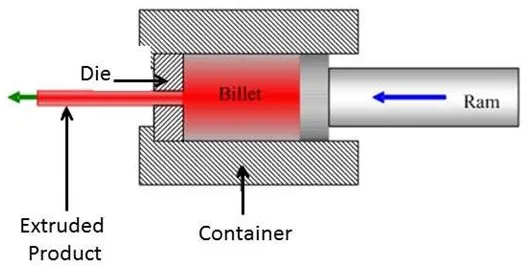
This versatile technique is particularly valuable for creating complex cross-sections and working with materials that are brittle, as the material primarily encounters compressive and shear stresses. Extrusion can be performed with the material in either hot or cold states, leading to two primary categories: hot extrusion and cold extrusion.
Types of Extrusion Processes
The extrusion process can be classified based on the direction of flow, temperature, and the equipment used. Each method offers distinct advantages for specific applications and materials.
1. Direct Extrusion
Direct extrusion, also known as forward extrusion, is the most common method. In this process, the billet is placed in a container and pushed through the die by a ram. The main disadvantage is the significant friction between the billet and the container wall, which requires greater force.
2. Indirect Extrusion
In indirect extrusion (or backward extrusion), the die is mounted on the ram. As the ram moves, the die is pushed into the stationary billet, causing the material to flow backward through the die around the ram. This method reduces friction since there's no relative movement between the billet and the container.
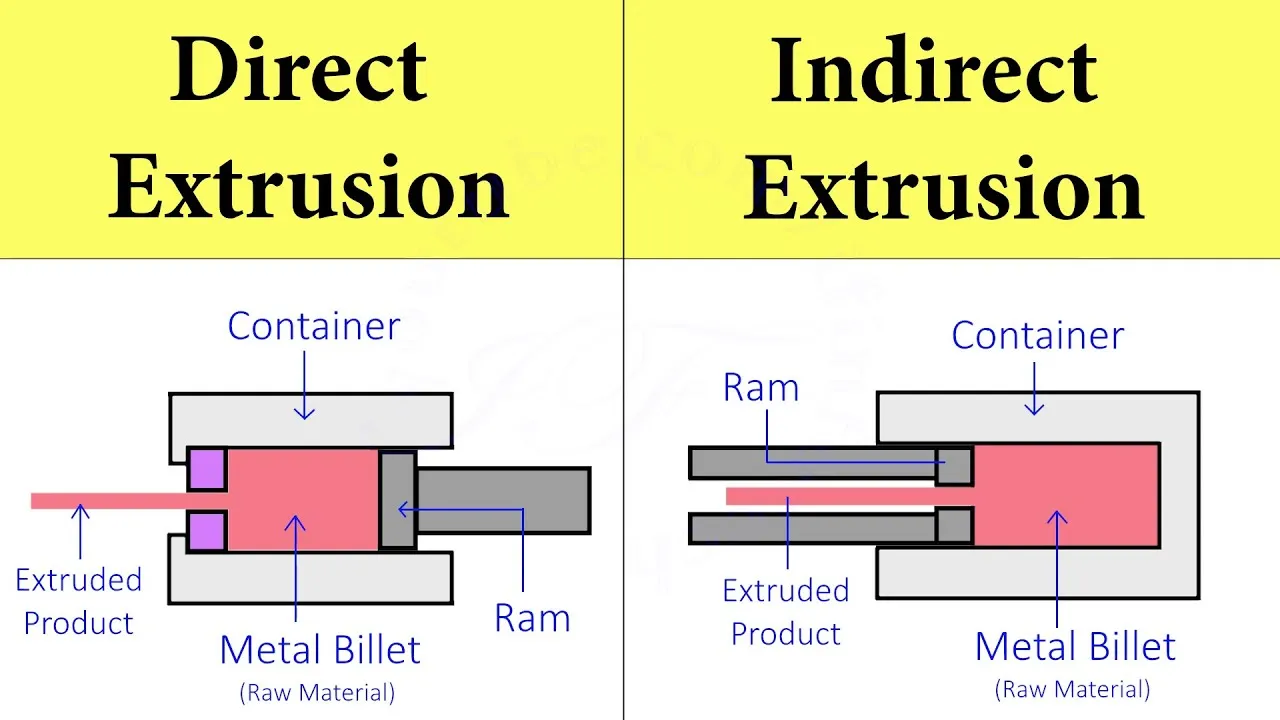
3. Hot Extrusion
Hot extrusion is performed at elevated temperatures, typically between 50-75% of the material's melting point. This reduces the force required and enables the extrusion of larger billets and more complex shapes. It is commonly used for metals like aluminum, copper, steel, and magnesium.
4. Cold Extrusion
Cold extrusion is done at or near room temperature. This process offers advantages like increased strength due to work hardening, better surface finish, and tighter tolerances. It's often used for steel and other materials where these properties are desirable.
5. Other Specialized Types
Several specialized extrusion methods exist for specific applications:
- Hydrostatic Extrusion: The billet is surrounded by a fluid, and pressure is applied through the fluid to push it through the die. This reduces friction significantly.
- Impact Extrusion: Used for making hollow shapes like tubes and cans, where a punch strikes a slug of material causing it to flow backward around the punch.
- Micro Extrusion: A specialized form for manufacturing very small, precise parts often used in medical devices and electronics.
Materials Used in Extrusion
Extrusion is compatible with a wide range of materials, each offering different properties and advantages for the finished product.
| Material Type | Common Examples | Extrusion Temperature | Typical Applications |
|---|---|---|---|
| Metals | Aluminum, Copper, Steel, Magnesium, Titanium | Hot (mostly) | Structural components, frames, automotive parts |
| Plastics | PVC, Nylon, Polyethylene, Polypropylene, ABS | Hot | Pipes, tubing, profiles, sheets |
| Ceramics | Alumina, Zirconia, Silicon Carbide | Hot (after sintering) | Insulators, technical components, tiles |
| Composite Materials | Fiber-reinforced polymers, Metal matrix composites | Varies | High-strength, lightweight components |
| Food Products | Pasta, Cereals, Snack foods, Pet food | Hot/Cold | Shaped food products |
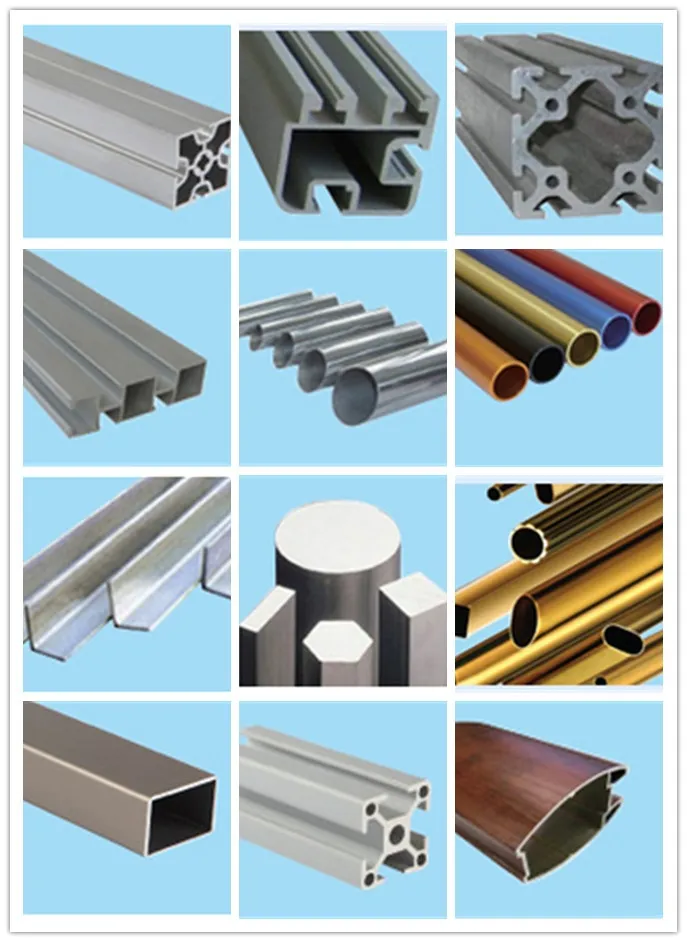
The Extrusion Process: Step by Step
The extrusion process involves several key stages, from preparation to finishing, each critical to achieving the desired product quality.
Step 1: Billet Preparation
The raw material, known as a billet, is cut to the appropriate size. For hot extrusion, the billet is preheated to the required temperature in a furnace.
Step 2: Loading the Billet
The prepared billet is loaded into the extrusion press container. A lubricant is often applied to reduce friction, except in the case of hydrostatic extrusion where the fluid acts as a lubricant.
Step 3: Applying Pressure
The ram applies significant pressure to the billet, forcing it to flow through the die opening. The pressure required depends on the material properties, extrusion ratio, and process type.
Step 4: Shaping Through the Die
As the material is pushed through the die, it takes on the die's cross-sectional shape. The design of the die is critical for achieving the desired profile and surface finish.
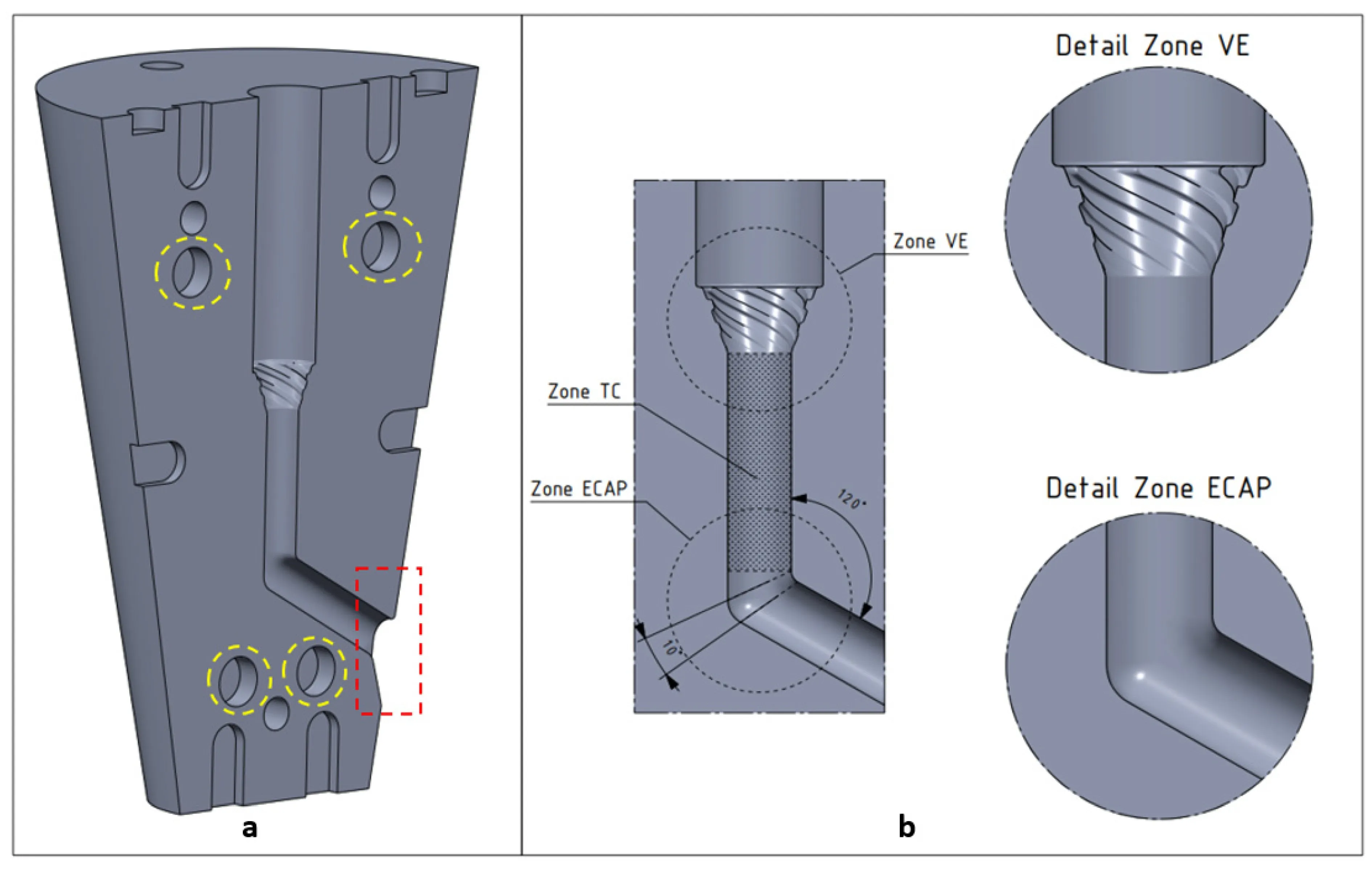
Step 5: Cooling and Handling
The extruded product emerges from the die as a long continuous length. It is then cooled, often using air or water sprays, to maintain its shape and properties.
Step 6: Secondary Operations
After cooling, the extruded product may undergo additional processes such as stretching for straightening, cutting to length, heat treatment, or surface finishing.
Advantages of Extrusion Machining
Extrusion offers numerous benefits that make it a preferred manufacturing method for many applications:
- Complex Cross-Sections: Capable of producing intricate shapes that would be difficult or impossible with other methods.
- Material Efficiency: Minimal material waste compared to machining processes that remove material.
- Continuous Production: Allows for the creation of long continuous products that can be cut to desired lengths.
- Improved Material Properties: The process can enhance mechanical properties through work hardening and grain structure refinement.
- Flexibility: Quick changeover between different profiles by simply changing the die.
- Surface Finish: Can produce excellent surface finishes, reducing the need for additional finishing operations.
Limitations and Challenges
Despite its advantages, extrusion machining does have some limitations:
- High Initial Cost: Extrusion equipment, especially for large profiles, requires significant capital investment.
- Die Design Complexity: Creating dies for complex profiles requires expertise and can be expensive.
- Size Limitations: The size of extruded products is limited by the equipment size and available power.
- Material Constraints: Not all materials are suitable for extrusion, particularly those with high melting points or poor plasticity.
- Uniformity Challenges: Maintaining consistent cross-sectional dimensions throughout long extrusions can be challenging.
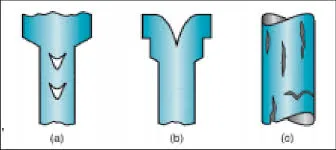
Applications of Extruded Products
Extruded products are ubiquitous in modern manufacturing and can be found in numerous industries:
Construction Industry
Aluminum and PVC extrusions are extensively used in window frames, door frames, roofing systems, structural components, and curtain walls. The ability to create complex profiles with thermal breaks makes extrusion ideal for energy-efficient building systems.
Automotive and Aerospace
Vehicle manufacturers use extruded components for trim, seat frames, bumpers, heat exchangers, and structural members. The aerospace industry relies on high-strength aluminum and titanium extrusions for airframe components.
Electrical and Electronics
Heat sinks, conductor rails, housing for electrical components, and wire insulation are commonly produced through extrusion processes.
Consumer Goods
From furniture parts to appliance components, sporting goods, and decorative trim, extrusion provides cost-effective manufacturing for numerous consumer products.
Food Industry
The food industry uses extrusion for producing pasta, breakfast cereals, snack foods, pet foods, and textured vegetable protein. Food extrusion often involves cooking the product simultaneously with shaping.
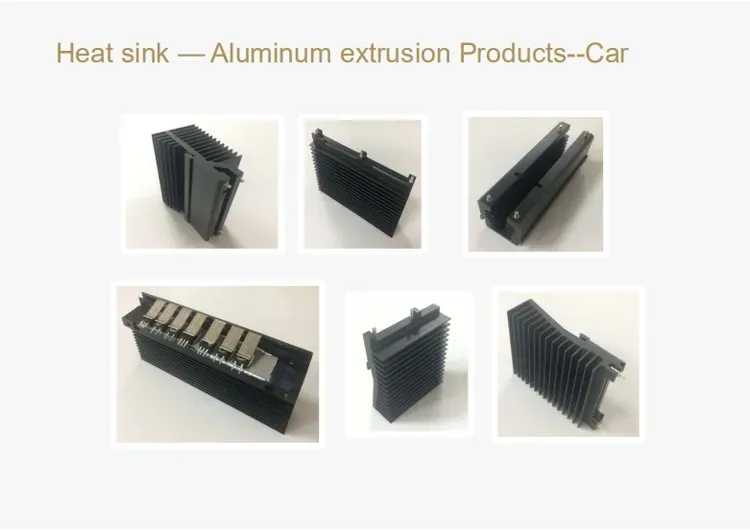
Future Trends in Extrusion Technology
Extrusion technology continues to evolve with several emerging trends:
- Industry 4.0 Integration: Incorporation of IoT sensors, real-time monitoring, and AI-driven process optimization to improve quality and efficiency.
- Advanced Materials: Development of extrusion processes for new materials including nanocomposites, biodegradable polymers, and high-performance alloys.
- Micro-Extrusion: Growing capability to produce extremely small, precise components for medical devices, electronics, and micro-mechanical systems.
- Sustainability Focus: Increased emphasis on energy-efficient processes, recycling of materials, and reducing environmental impact.
- Hybrid Processes: Combining extrusion with other manufacturing techniques such as additive manufacturing to create complex components with enhanced properties.
As manufacturing demands continue to evolve toward more customized, high-performance products, extrusion machining remains a critical process that adapts to meet these challenges through technological innovation.
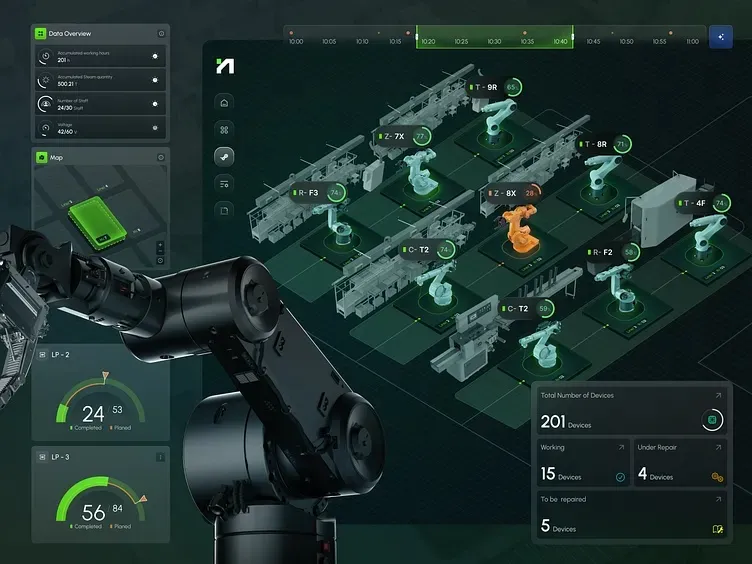
Extrusion machining has established itself as a fundamental manufacturing process across countless industries. Its ability to efficiently produce complex, high-strength profiles from a wide variety of materials ensures its continued relevance in modern manufacturing. As technology advances, extrusion processes will become even more precise, efficient, and capable of handling advanced materials, further expanding their applications in innovative products and industries.

